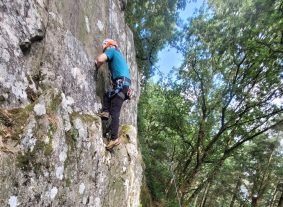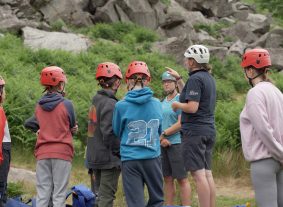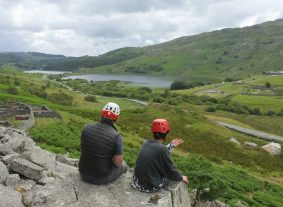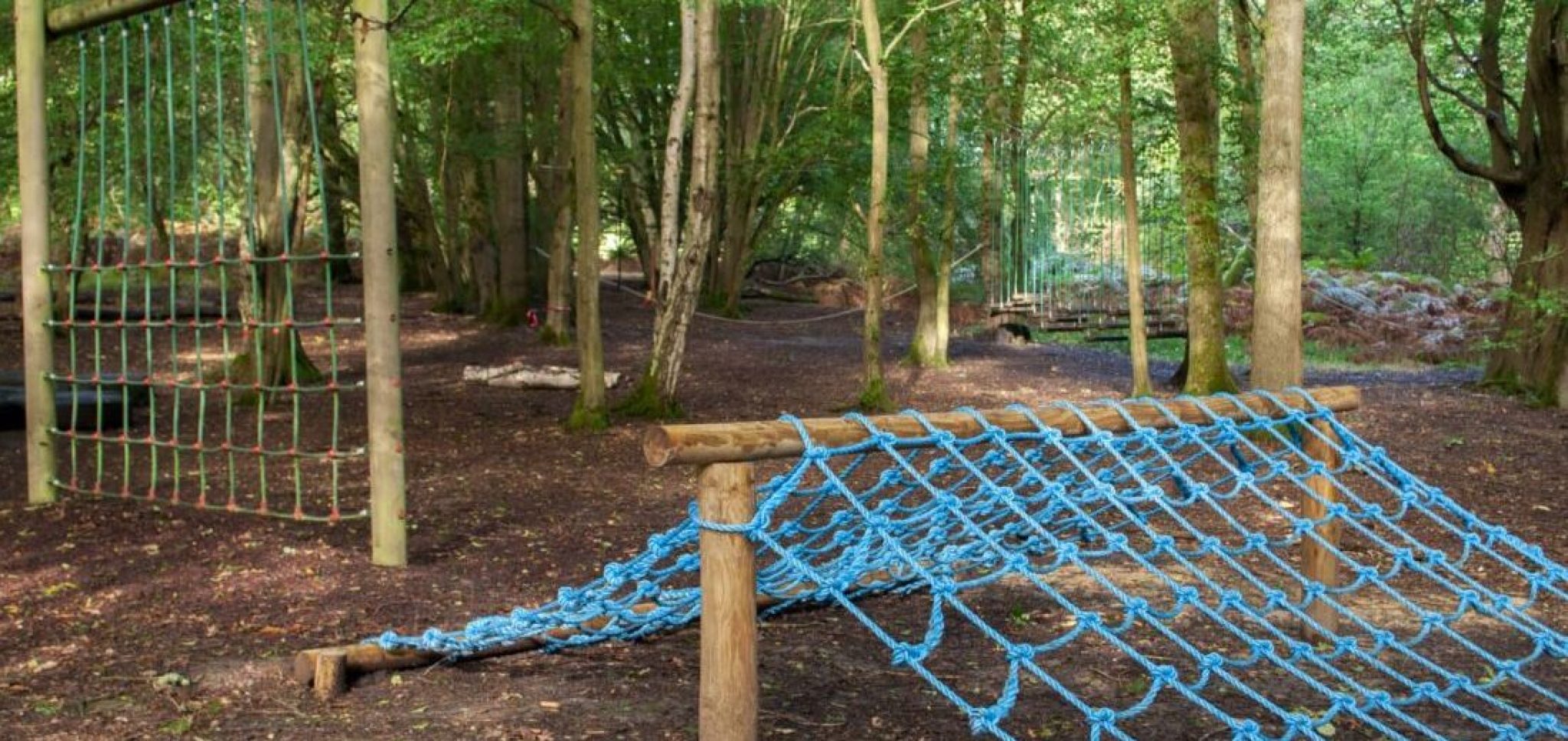Module Code: content-paragraph
When it comes to outdoor adventure and team-building activities, ropes courses are a popular choice. These courses, which involve a series of challenges and obstacles, are designed to test participants’ physical abilities, problem-solving skills, and teamwork. However, not all ropes courses are the same. They are typically divided into two categories: high ropes courses and low ropes courses. While both types of courses aim to build confidence and teamwork, they differ significantly in their structure, objectives, and overall experience.
Height and Structure
- High Ropes Course: As the name suggests, high ropes courses are elevated above the ground, often ranging from 20 to 60 feet in the air. These courses are constructed using ropes, cables, and wooden beams suspended between trees or poles. Participants navigate through a series of high-altitude obstacles such as tightropes, swinging logs, zip lines, and cargo nets. Due to the height involved, participants are typically secured with harnesses, helmets, and safety lines attached to a belay system.
- Low Ropes Course: Low ropes courses, on the other hand, are situated closer to the ground, usually no more than a few feet off the ground. These courses consist of a variety of ground-based obstacles and challenges, such as balance beams, swinging ropes, and spider webs made of rope. Since the height is minimal, there is no need for harnesses or belay systems, and the focus is more on physical balance, coordination, and teamwork.
Objectives and Focus
- High Ropes Course: High ropes courses are designed to challenge individuals on both a physical and mental level. The height factor adds an element of fear and adrenaline, pushing participants to step out of their comfort zones. These courses emphasize personal growth, building self-confidence, and overcoming fear. While teamwork is often involved, the primary focus is on individual achievement and resilience as participants conquer each obstacle.
- Low Ropes Course: Low ropes courses are more centred around group dynamics and teamwork. The challenges often require collaboration, communication, and problem-solving as a group. For example, participants may need to work together to balance on a log or navigate a team through a web of ropes without touching them. The emphasis here is on fostering trust, improving communication, and developing leadership skills within a group.
Physical Demands
- High Ropes Course: High ropes courses demand a higher level of physical fitness. Participants need upper body strength, balance, and endurance to manoeuvre through the elevated obstacles. The physical demands, combined with the mental challenge of confronting fear, make high ropes courses more intense and physically exhausting. This type of course is particularly effective for individuals looking to test their physical limits and build mental toughness.
- Low Ropes Course: While low ropes courses still require physical effort, they are generally less physically demanding than high ropes courses. The focus is more on agility, coordination, and balance rather than sheer strength. The physical challenges are designed to be accessible to a wide range of participants, making low ropes courses suitable for people of all fitness levels. The primary challenge lies in the strategic and collaborative efforts needed to complete the tasks.
Psychological Impact
- High Ropes Course: The psychological impact of a high ropes course is significant due to the height and perceived risk involved. Participants often experience a mix of fear, excitement, and adrenaline as they navigate the course. Successfully completing a high ropes course can lead to a profound sense of accomplishment, boosting self-esteem and confidence. The experience can also help individuals confront and overcome their fears, leading to personal growth.
- Low Ropes Course: Low ropes courses have a different psychological impact, focusing more on the social and emotional aspects of teamwork. The challenges encourage participants to communicate effectively, trust their teammates, and work together towards a common goal. The sense of camaraderie and group achievement is often the most rewarding aspect of a low ropes course. Participants leave with a stronger sense of connection and trust within their group.
High ropes and low ropes courses each offer unique benefits and experiences, making them valuable tools for personal development and team-building. High ropes courses provide an adrenaline-pumping challenge that pushes individuals to conquer their fears and build self-confidence. In contrast, low ropes courses focus on collaboration, communication, and group problem-solving, making them ideal for fostering teamwork and strengthening social bonds.
Whether you’re looking to challenge yourself physically and mentally or to build a stronger, more cohesive team, understanding the differences between high and low ropes courses can help you choose the right adventure for your needs. Both types of courses offer rewarding experiences that can lead to personal growth and improved team dynamics, making them excellent choices for outdoor education and development.























